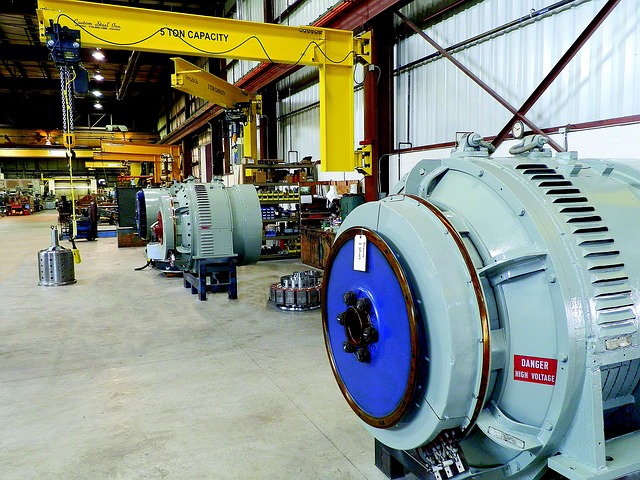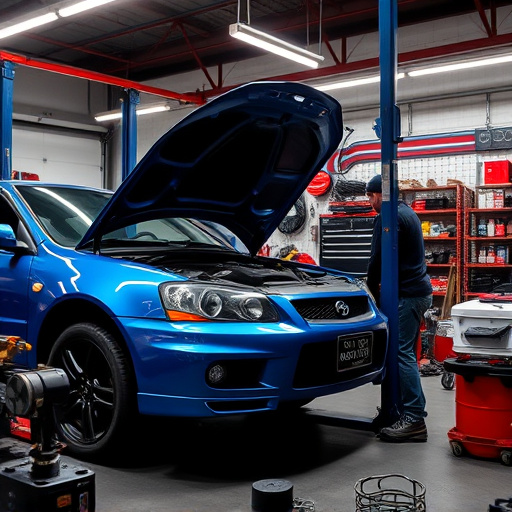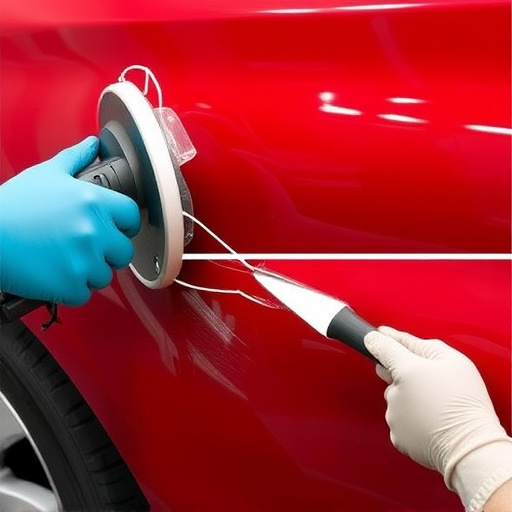Deductible payment options, common in health and auto insurance, encourage personal responsibility for initial costs while protecting against unexpected bills. Understanding fixed and variable deductibles is crucial when choosing policies, balancing monthly premiums and out-of-pocket expenses based on claim history and risk factors. This knowledge empowers policyholders to tailor coverage, making informed decisions that suit individual needs, especially in automotive scenarios.
Understanding deductibles is key to navigating insurance policies effectively. This guide dives into the fundamentals of deductible payment structures, exploring what they are and how they shape your coverage. From traditional fixed deductibles to more flexible options like incident-based deductibles, knowing your choices empowers informed decisions. Discover how these payment options influence costs and access to care, helping you make sense of this crucial aspect of insurance coverage.
- What Are Deductible Payment Structures?
- Types of Deductible Options Explained
- How Deductibles Impact Insurance Coverage
What Are Deductible Payment Structures?
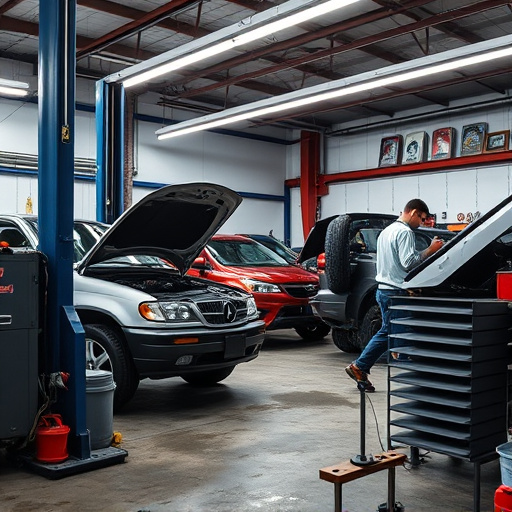
Deductible payment structures are a common feature in insurance plans, particularly for health and automotive coverage. In simple terms, a deductible is a predetermined amount that policyholders must pay out-of-pocket before their insurance kicks in and covers the rest of the expenses. This approach encourages individuals to take responsibility for their initial costs, while also providing financial protection against significant or unexpected bills.
When it comes to automotive repairs, such as a car dent removal or more complex dental procedures, understanding deductible payment options is vital. For instance, an insurance policy might state that policyholders are required to pay a $500 deductible for covered damages before the insurer begins settling claims for car dent repair. Similarly, in the realm of healthcare, deductibles apply to various treatments, including minor surgeries or routine dental check-ups, influencing how individuals access and afford essential medical services like dent repair.
Types of Deductible Options Explained
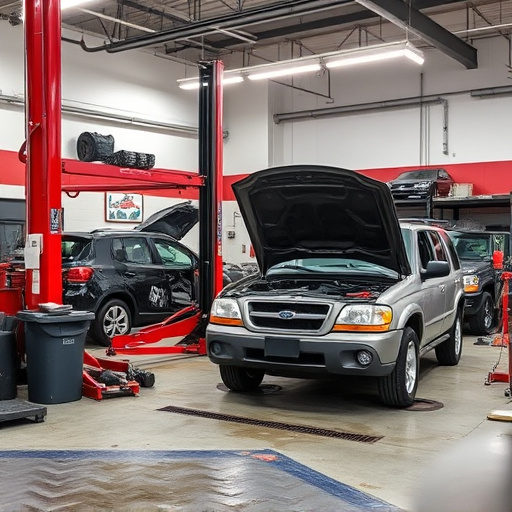
When it comes to understanding deductible payment structures, there are several options available that cater to different needs and preferences. The two primary types are fixed deductibles and variable deductibles. Fixed deductibles remain consistent regardless of the claim frequency or severity, offering predictability in expenses. This is particularly beneficial for those who drive cautiously and infrequently, as it keeps costs stable over time. On the other hand, variable deductibles fluctuate based on factors like claims history and vehicle usage, potentially saving money for safe drivers but increasing premiums for frequent claimants.
For instance, if you’re involved in an auto collision requiring substantial car body repair, a fixed deductible ensures you pay the predetermined amount first, with insurance covering the rest. In contrast, a variable deductible might result in a higher out-of-pocket expense initially, but over time, it could prove more economical for regular users of car repair services or those who drive in areas prone to accidents. Understanding these deductible payment options is crucial in making informed decisions when selecting an insurance policy, especially at an auto collision center.
How Deductibles Impact Insurance Coverage
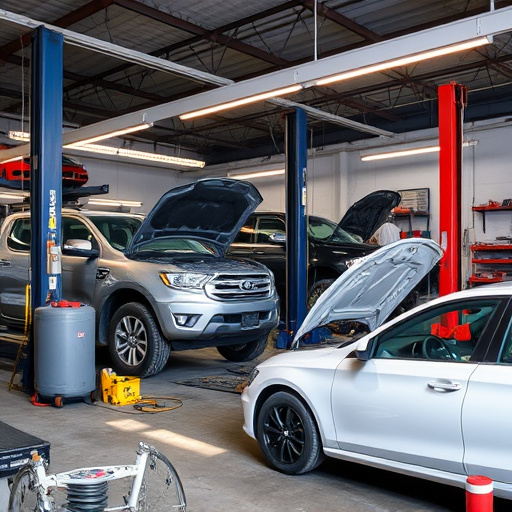
When it comes to insurance coverage, deductibles play a pivotal role in determining the financial burden you bear when making a claim. Deductible payment options allow policyholders to customize their level of out-of-pocket expense, balancing between potential savings and quick access to compensation for unforeseen events. A higher deductible often translates to lower monthly premiums, which is particularly advantageous for those with well-maintained assets or a history of minimal claims. Conversely, choosing a lower deductible means accepting slightly higher premiums but guarantees faster reimbursement when faced with unexpected incidents, such as an auto repair near me due to an accident or extensive frame straightening after a collision.
Understanding how deductibles impact insurance coverage is essential for making informed decisions. For instance, in the context of automotive repair, selecting a higher deductible could delay the cost of routine maintenance or immediate repairs following a fender bender. However, it provides significant savings over time if your vehicle remains accident-free. On the other hand, a lower deductible ensures swift financial support for unexpected repairs, though this flexibility comes at the expense of slightly elevated long-term costs.
Understanding deductible payment structures is key to navigating insurance coverage effectively. By familiarizing yourself with various deductible options, you can make informed decisions that balance cost and risk. Whether choosing a high deductible with lower premiums or a low deductible with higher costs, each option has its merits. This knowledge empowers folks to select the best fit for their financial and health goals, ensuring they receive adequate coverage while managing expenses. By exploring these deductible payment options, you take a significant step towards securing your well-being and financial stability.




